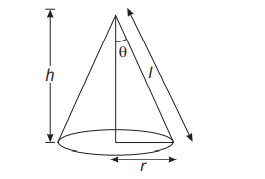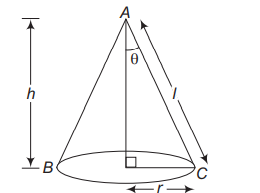Q.
Statement I The semi-vertical angle of the cone of the maximum volume and of given slant height is $\tan ^{-1}\left(\frac{1}{3}\right)$.
Statement II The semi-vertical angle of right circular cone of given surface area and maximum volume is $\sin ^{-1} \sqrt{2}$.
Application of Derivatives
Solution:

